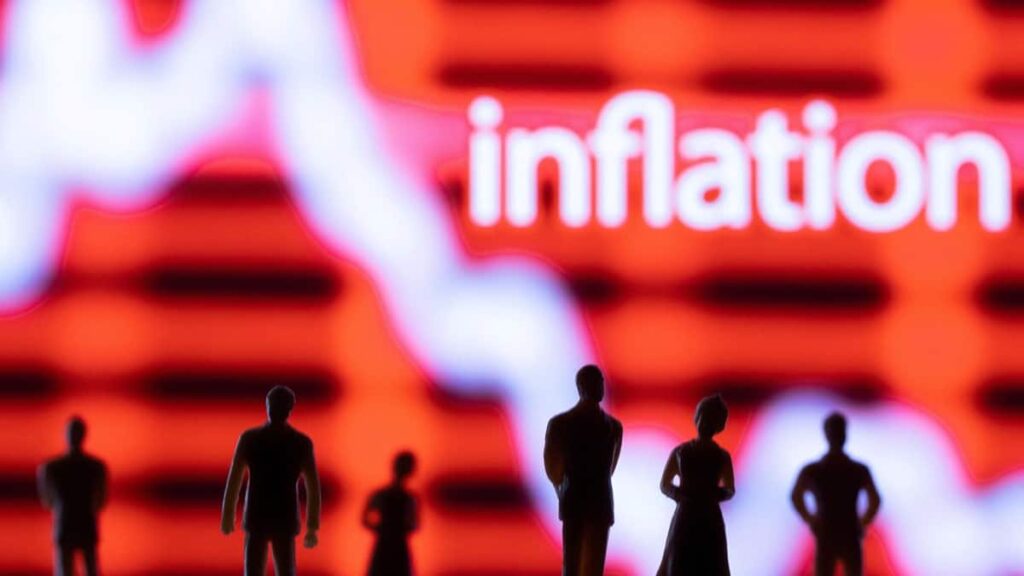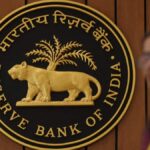NEW DELHI: The sharp fall being recorded in core inflation, as per the Consumer Price Index, is largely a result of a decline in the inflation rate of services components, which were earlier at high levels, data analysed by FE showed. In October, core inflation was at a 43-month low of 4.2%.
As for the core CPI basket, which accounts for 47.3% of the overall basket, inflation rate of services components during October was at 3.6%, while that of the goods component was at 4.9%. Both goods and services components roughly carry 50% weight each in the core CPI basket.
For the analysis, the inflation rates of all 38 services items of the CPI basket, collectively carrying a weight of 23.4% in the overall index were considered. And for the goods components – all 121 items in the core segment with a weight of 23.9% were considered.
The 3.6% services inflation rate in October 2023 is substantially lower than the 5.6% rate recorded in October 2022. It’s also also less than the 3.8% recorded in September and 4.8% in April. For comparison, core goods inflation in October 2022 was at 6.2%, in September was at 5.1%, and in April at 5.5%.
Economists say the consistent moderation in services inflation is primarily due to the normalisation of demand for certain services, which last year had seen a spurt on account of the opening of the economy.
“Initially prices had risen sharply after the economy opened post the COVID-19 induced restrictions were eased; and now it’s normalising. So, initially (in 2022), core inflation was hovering at 6% levels, which now has fallen below 4.5%,” said Vivek Kumar, economist, QuantEco Research.
“Also, the Reserve Bank of India’s tighething of the monetary policy has played a minor role in curbing demand…but its impact is not substantial in moderating core inflation at this point,” he said.
In the coming months, core inflation is likely to moderate even further and likely to settle around 4%, say economists. So far, in April-October, core inflation has averaged 4.8%. Whereas, in the entire FY23, it had averaged 6.1%.
HDFC Bank’s Principal Economist Sakshi Gupta expects core inflation to average 4.6-4.7% in FY24 and around 4% in FY25.
Since core inflation accounts for underlying price pressures in the economy, its sustained decline gives a reason to the RBI to mull cutting down the policy repo rate, which currently stands at 6.5%.
“The RBI knows that it can’t control food inflation, which has immense volatility, but a continued moderation in core inflation gives the central bank the headroom to start cutting rates,” said Gupta. “We expect the first rate cut to take place in June or August policy in 2024.”
Data released on Monday showed that food inflation, based on the Consumer Food Price Index, was at 6.61% in October as against 6.62% the previous month; while the headline inflation print was at 4.87%, down from 5.02% in September.
Rajani Sinha, chief economist, CareEdge said, “while this declining trend (in headline CPI inflation) is comforting, it remains to be seen if it sustains, given the weak prospects for the kharif harvest and expected hit to rabi sowing amid lower reservoir levels in major agricultural states. The first advance estimate of Kharif crop production paints a grim picture for cereals and pulses output – categories witnessing sticky double-digit inflation. This poses an upside risk to the overall inflation outlook.”
Source: The Financial Express

 Indian Economy Still Not Out Of Woods, Says RBI
Indian Economy Still Not Out Of Woods, Says RBI 